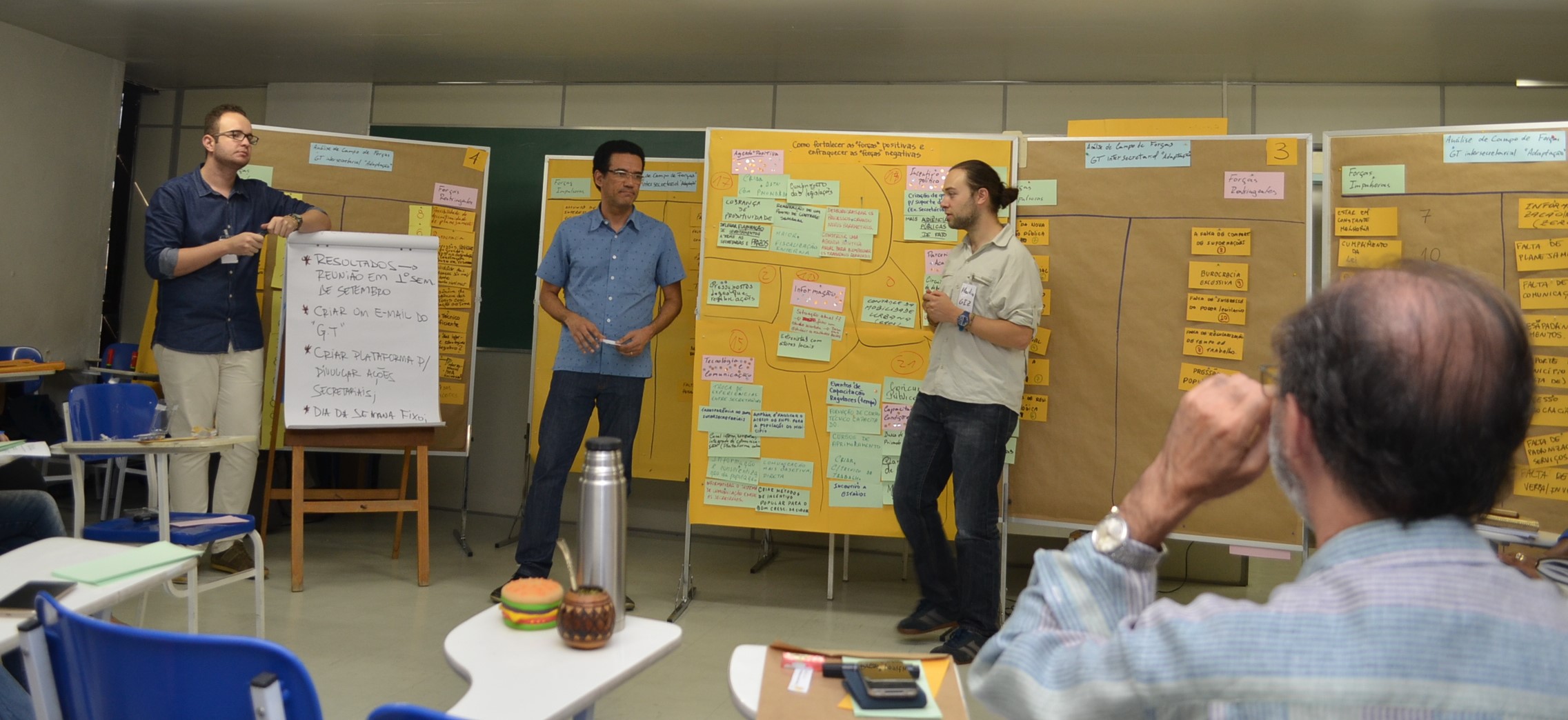The vulnerability assessment was carried out for three periods: the status quo in 2014, the period 2030-2060 and the period 2070-2100. The assessment follows the eight-step approach described in GIZ’s Vulnerability Sourcebook, and was supplemented by a scientific modeling of the impacts of climate change for Burundi.
The study was carried out by three institutions (Adelphi, EURAC, PIK) in collaboration with GIZ / ACCES and its partners. Four national workshops were held with all relevant stakeholders. A group of experts was created to advise and direct the process. Activities at the local level at the selected project sites were carried out in close collaboration with local governmental and non-governmental actors and the local population.
The results of the assessment were presented in the form of vulnerability maps for the three factors of erosion, drought and malaria prevalence. Highly vulnerable areas have been identified to guide the identification of three pilot watersheds. In these watersheds, local vulnerability assessments were conducted to identify local challenges and appropriate adaptation measures.
